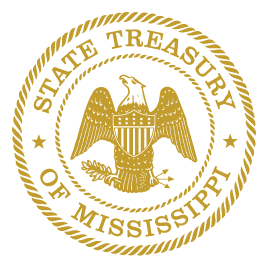Newsroom
McRae: Preparing for the Unexpected
Most banks and financial gurus advise having an emergency fund that can cover three months of necessary expenses. But according to a new report from Bankrate.com, most Americans aren’t there yet – and one in four have no savings at all.
It’s no surprise then that when the pandemic hit and 20 million Americans lost their jobs, many were left without much of a personal financial safety net. And despite billions of taxpayer dollars being spent on federal stimulus payments, few Americans have been able to move the needle on their savings over the last year.
There are any number of reasons why this is the case, which we don’t need to delve into or debate in this article. Instead, I wanted to provide a few resources for those who are interested in creating a personal safety net.
First, I invite you to visit Treasury.MS.gov/FinancialEducation. Here, we link to a very helpful calculator that allows you to figure out what your emergency fund should look like. It asks questions, such as: How much do you currently have stowed away? What do your monthly expenses look like? How many months are you looking to cover with your emergency fund? The traditional three months? Or can you reach six months for added security?
Once you’ve calculated your target emergency fund amount, the question becomes: How much do I need to put away each month to reach my goal? We have a tool for that as well! Just click on the “Rework Your Budget” button at Treasury.MS.gov/FinancialEducation to start looking at where your paycheck is going. How much is left after necessary expenses?
Finally, understand how and when you plan to use your emergency fund. Some recommend setting up a separate bank account that can’t be accessed using your regular debit card. This will help make sure regular household spending doesn’t creep into your savings. Another idea is to create a list of expenses for which you’re OK using this account. Doing so will help protect you from “borrowing” from your emergency fund to pay for a vacation or other expenses.
No one can predict the future. We don’t know when we’re about to lose our job. We don’t know when a tire is going to blow on the car or our child is going to break their arm. Creating an emergency fund now will help make sure you’re prepared when the unexpected occurs.
